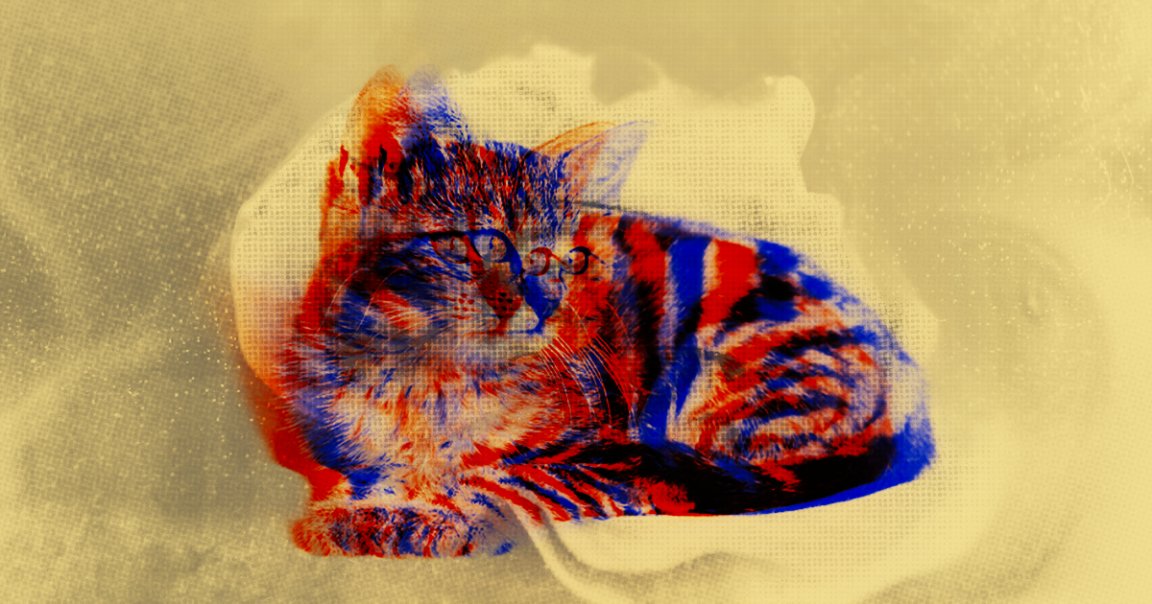
Hall of Mirrors
A few years ago, the journal Small published a study showing how photosynthetic bacteria could absorb and release photons as the light bounced across a minuscule gap between two mirrors.
Now, a retroactive look at the study’s data published in The Journal of Physics Communications suggests something more may have been going on. The bacteria may have been the first living organisms to operate in the realm of quantum physics, becoming entangled with the bouncing light at the quantum scale.
Cat’s Cradle
The experiment in question, as described by Scientific American, involved individual photons — the smallest quantifiable unit of light that can behave like a tiny particle but also a wave of energy within quantum physics — bouncing between two mirrors separated by a microscopic distance.
But a look at the energy levels in the experimental setup suggests that the bacteria may have become entangled, as some individual photons seem to have simultaneously interacted with and missed the bacterium at the same time.
Super Position
There’s reason to be skeptical of these results until someone actually recreates the experiment while looking for signs of quantum interactions. As with any look back at an existing study, scientists are restricted to the amount and quality of data that was already published. And, as Scientific American noted, the energy levels of the bacteria and the mirror setup should have been recorded individually — which they were not — in order to verify quantum entanglement.
But if this research holds up, it would be the first time a life form operated on the realm of quantum physics, something usually limited to subatomic particles. And even though the microbes are small, that’s a big deal.
READ MORE: “Schrödinger’s Bacterium” Could Be a Quantum Biology Milestone [Scientific American]
More on quantum physics: The World’s First Practical Quantum Computer May Be Just Five Years Away